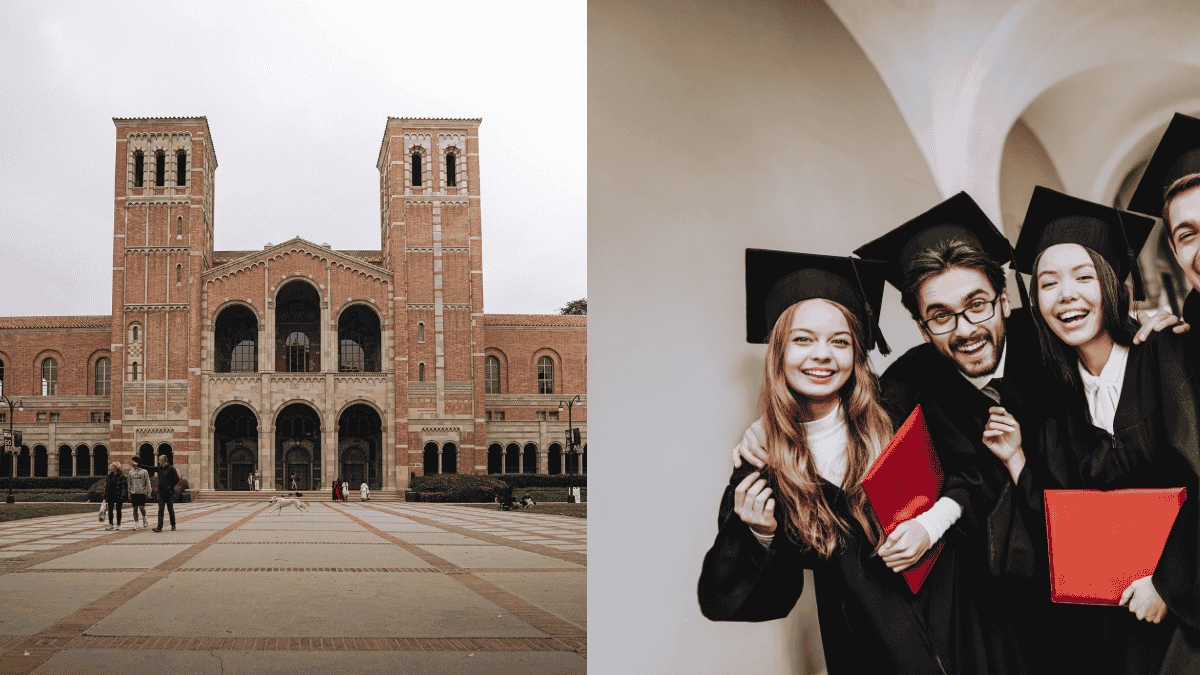The University of California, Los Angeles (UCLA) is facing one of the most significant controversies in its history—a proposed UCLA 1 billion settlement. This high-profile case arose following federal investigations into alleged civil rights violations and has captured the attention of students, faculty, and higher education experts across the country.
Understanding the UCLA 1 Billion Settlement
The UCLA 1 billion settlement refers to a landmark demand from the federal government. UCLA would need to pay $1 billion over three years, create a $172 million compensation fund for students affected by discrimination or harassment during campus protests, and implement sweeping changes to campus safety and anti-discrimination policies. These measures aim to address concerns that UCLA did not do enough to protect Jewish students during the major protests and campus unrest of 2024.
ALSO READ : Columbia University Settlement: $220M Accord That Redefines Campus Oversight
Why Is UCLA Under Scrutiny?
There are several key factors driving this unprecedented settlement:
- Civil Rights Allegations: Federal authorities found that Jewish and Israeli students faced harassment and exclusion on campus, with UCLA accused of not responding quickly or adequately.
- Violent Protests: Large-scale protests on campus in 2024 resulted in injuries, threats, and claims of hostile environments for vulnerable student groups.
- Frozen Federal Funding: Over $500 million in crucial research and medical grants to UCLA have been blocked until the university addresses these issues and complies with federal demands.
- National Precedent: UCLA is the first public university to face such sweeping intervention, with its response likely setting policy standards for institutions nationwide.
What Does the Proposed Settlement Require?
If UCLA agrees to the settlement, these are the main requirements:
- $1 Billion Payment: UCLA would pay $1 billion in installments over three years, using its own resources.
- $172 Million Compensation Fund: A designated fund would be used to compensate students who were impacted by discrimination or violence.
- Campus Reforms: UCLA must update hiring practices, campus safety guidelines, and inclusion initiatives to prevent future incidents.
- Restoration of Federal Funding: The university would regain access to federal grants only after meeting all stipulated reforms.
How Would This Change UCLA?
This settlement would have major effects on UCLA’s financial health, campus climate, and future:
- Financial Impacts: Losing such a large sum and dealing with frozen funds would force UCLA to reevaluate spending on research, scholarships, and student services.
- Campus Rules and Safety: UCLA would implement new safety protocols and more robust anti-discrimination efforts, reshaping student life and campus culture.
- Influence Beyond UCLA: As a top public university, how UCLA manages this crisis will likely influence federal policies and university standards across the U.S.
The Broader Impact on Higher Education
The UCLA 1 billion settlement signals heightened federal oversight in campus civil rights and safety issues. Other universities will watch closely, knowing that similar allegations could lead to unprecedented legal and financial pressures. This case emphasizes the need for transparent, effective campus policies protecting all students.
UCLA’s Next Steps
UCLA’s leadership and the University of California system are engaged in ongoing negotiations with federal officials. They are working to find a resolution that maintains academic quality, student safety, and financial stability. No final agreement has been reached yet, and public debate continues about whether the proposed settlement is appropriate or feasible.
FAQ: UCLA 1 Billion Settlement & Related Issues
What started the UCLA 1 billion settlement?
Federal action resulted from claims UCLA failed to protect Jewish and Israeli students during violent protests.
Is the settlement finalized?
No; negotiations are ongoing and UCLA has not agreed to the proposed terms.
What happens if UCLA accepts the settlement?
UCLA would pay $1 billion, establish a compensation fund, and overhaul campus policies—gaining back access to federal grants.
Will this affect other universities?
Very likely. UCLA’s response could set new standards for campus safety, protest management, and civil rights oversight nationwide.
How will students be affected?
Potential impacts include changes to campus rules, enhanced safety, and possible reductions in funding for programs and research.
Disclaimer
This article is for informational purposes only and reflects publicly reported information as of August 2025. For official updates, refer to UCLA or government sources.
Thank you for reading!


1 thought on “UCLA 1 Billion Settlement: What It Means for Students and Higher Education”
Comments are closed.